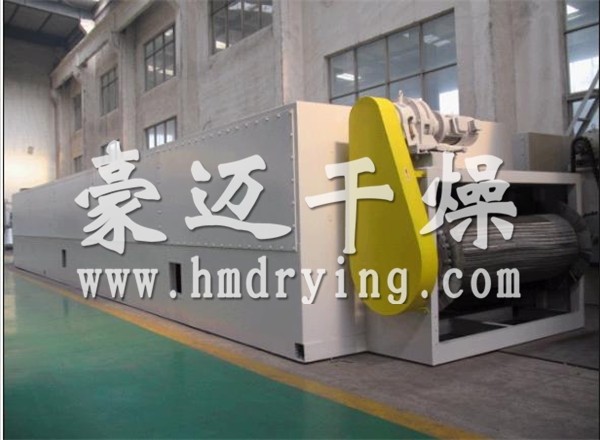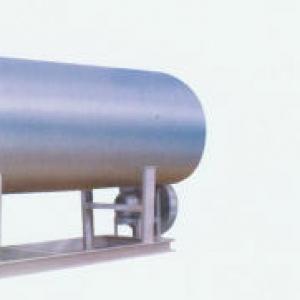Description
Key words: seaweed (coconut) drying production line
Classification: Food Engineering Industry
Case overview: Project Description: as algae growing in the sea, algae are cryptophytes in the plant kingdom. Algae include several different kinds of organisms that generate energy through photosynthesis. The main characteristics are: no vascular tissue, no real root, stem, leaf differentiation phenomenon; no flowering, no fruit and seed; reproductive organs without specialized protective tissue, often directly from a single cell to produce spores or gametes; and no embryo formation
Project Overview:
Seaweed is a kind of cryptophyte in the plant kingdom, which includes several different kinds of organisms that produce energy through photosynthesis. They are generally considered to be simple plants, and their main characteristics are: no vascular tissue, no differentiation of roots, stems and leaves; no flowering, no fruit and seeds; no specialized protective tissue of reproductive organs, often directly from a single cell to produce spores or gametes; and no embryo formation. Because of the simple structure of algae, some botanists put it together with fungi in the "phyllodes flora" of lower plants. Seaweed is abundant in Malaysia and other Southeast Asian countries.
The production line can use high-end DW mesh belt dryer to realize the efficient drying of seaweed and coconut milk.
Working advantages:
The whole production line is totally enclosed (for materials), which is composed of swing feeding section, drying section and discharging section. The effect of swing distribution section makes the algae evenly dispersed on the mesh plate and transported to the drying section at a uniform speed. After passing through the 80 ℃ hot air drying section, the 90 ℃ hot air drying section and the 120 ℃ hot air drying section, the seaweed is discharged through the discharge section. The circulating wind direction and the circulation of air in each unit are downward, that is, the heated air is sucked in by the induced draft fan, and the air is pre distributed at the air outlet of the fan, and then the hot air penetrates the material layer from the bottom of the material upward (or downward from the top of the material).
Classification: Food Engineering Industry
Case overview: Project Description: as algae growing in the sea, algae are cryptophytes in the plant kingdom. Algae include several different kinds of organisms that generate energy through photosynthesis. The main characteristics are: no vascular tissue, no real root, stem, leaf differentiation phenomenon; no flowering, no fruit and seed; reproductive organs without specialized protective tissue, often directly from a single cell to produce spores or gametes; and no embryo formation
Project Overview:
Seaweed is a kind of cryptophyte in the plant kingdom, which includes several different kinds of organisms that produce energy through photosynthesis. They are generally considered to be simple plants, and their main characteristics are: no vascular tissue, no differentiation of roots, stems and leaves; no flowering, no fruit and seeds; no specialized protective tissue of reproductive organs, often directly from a single cell to produce spores or gametes; and no embryo formation. Because of the simple structure of algae, some botanists put it together with fungi in the "phyllodes flora" of lower plants. Seaweed is abundant in Malaysia and other Southeast Asian countries.
The production line can use high-end DW mesh belt dryer to realize the efficient drying of seaweed and coconut milk.
Working advantages:
The whole production line is totally enclosed (for materials), which is composed of swing feeding section, drying section and discharging section. The effect of swing distribution section makes the algae evenly dispersed on the mesh plate and transported to the drying section at a uniform speed. After passing through the 80 ℃ hot air drying section, the 90 ℃ hot air drying section and the 120 ℃ hot air drying section, the seaweed is discharged through the discharge section. The circulating wind direction and the circulation of air in each unit are downward, that is, the heated air is sucked in by the induced draft fan, and the air is pre distributed at the air outlet of the fan, and then the hot air penetrates the material layer from the bottom of the material upward (or downward from the top of the material).






